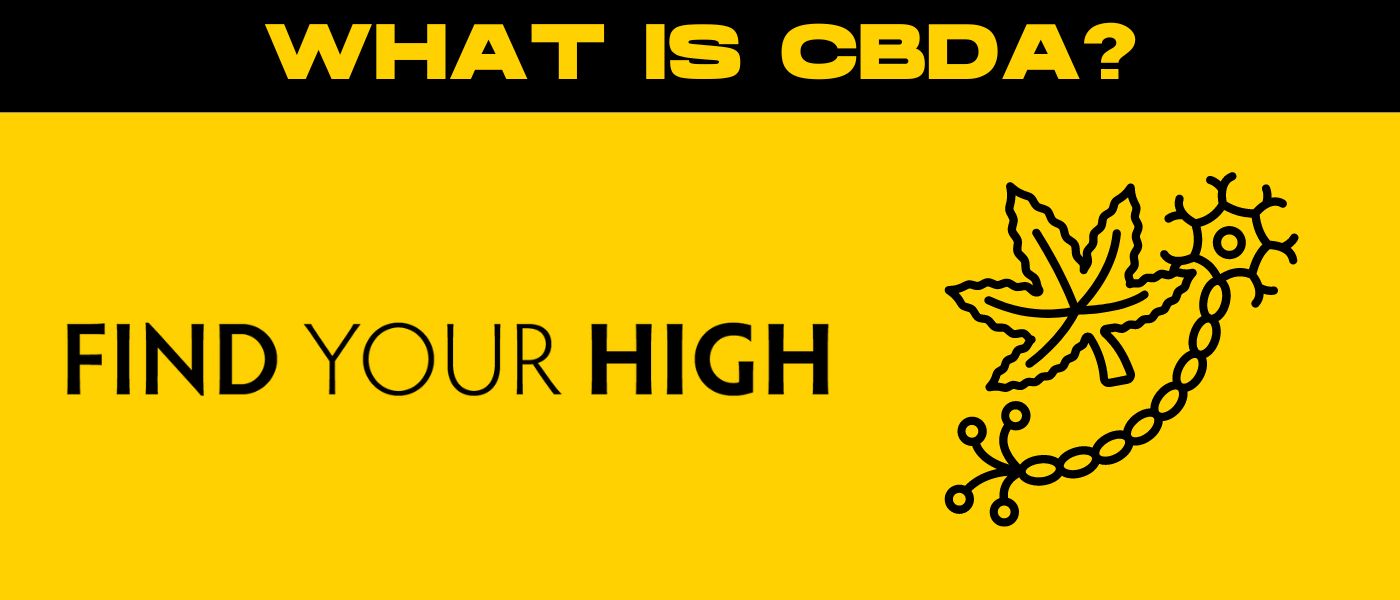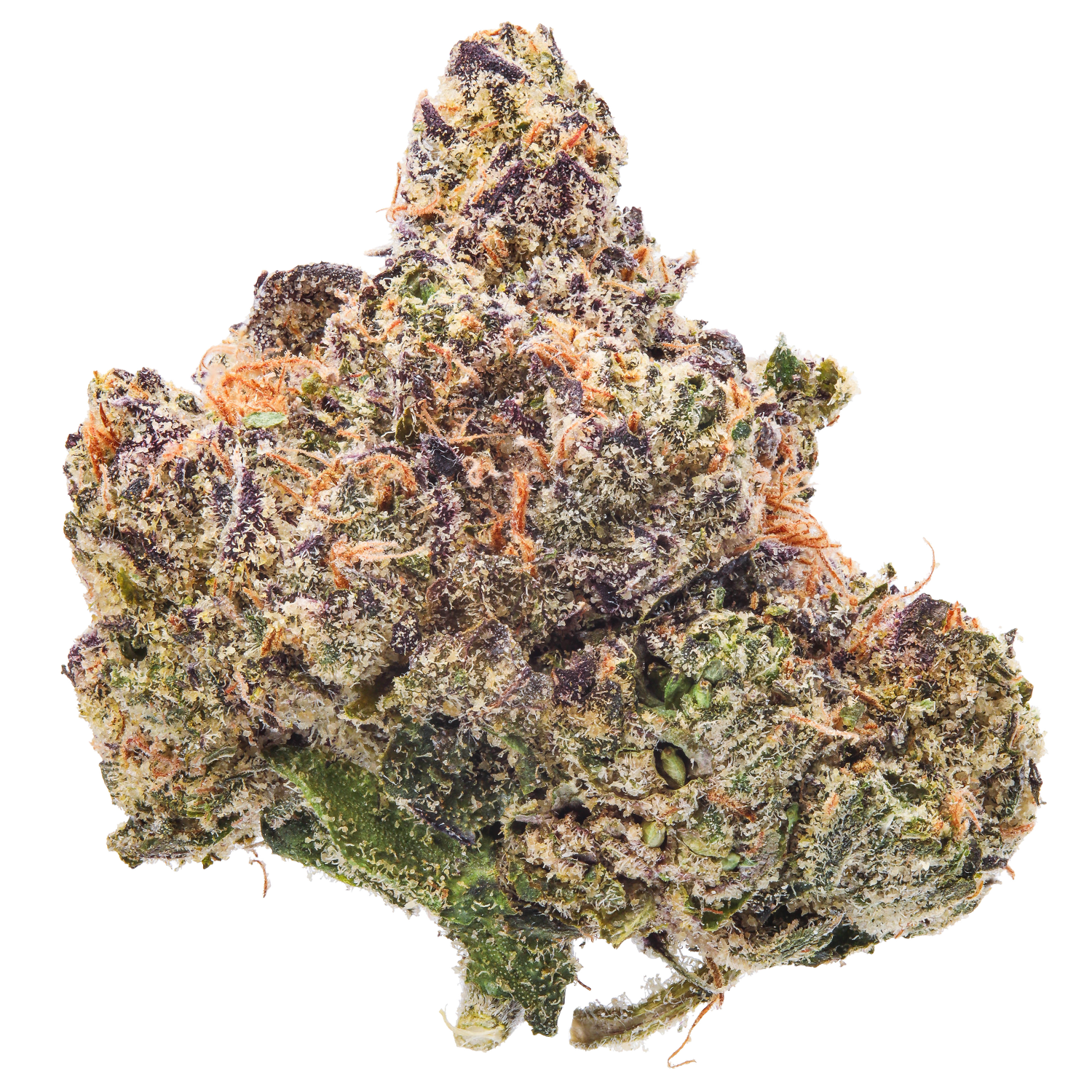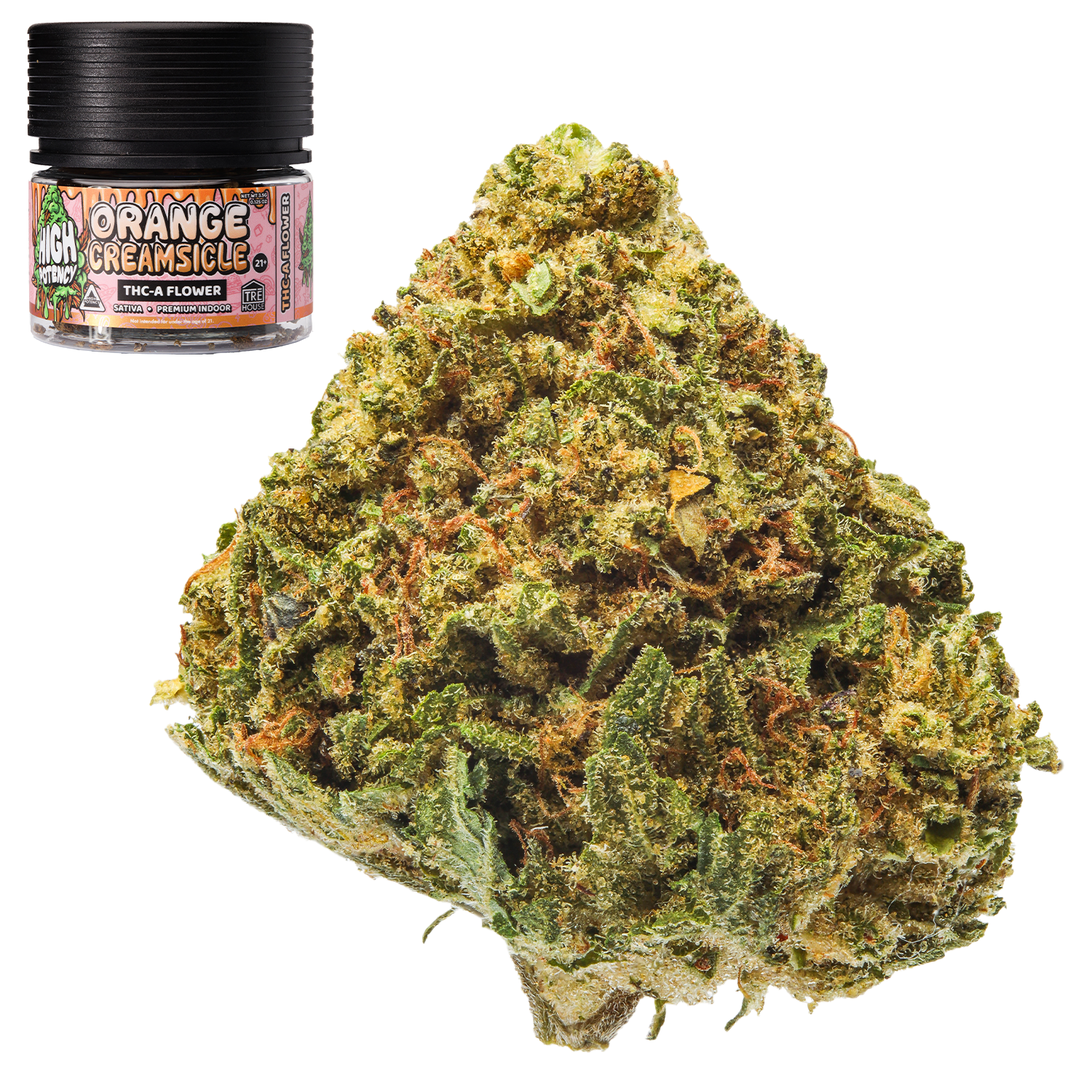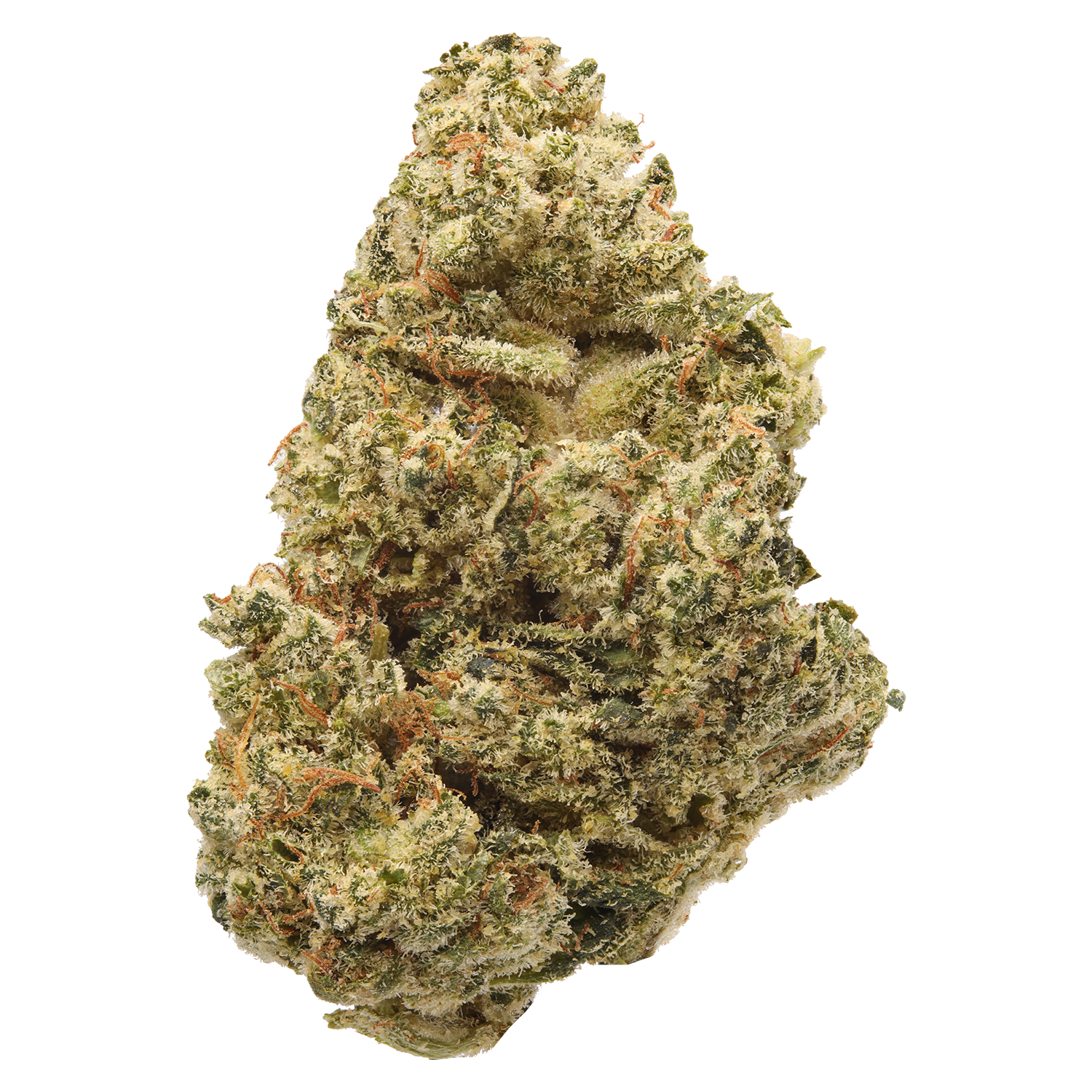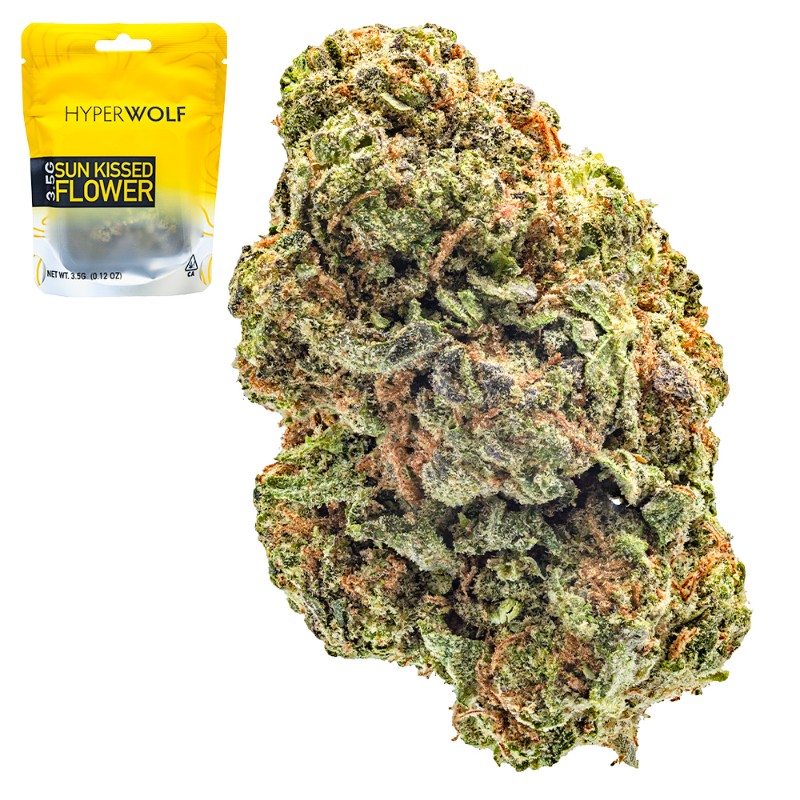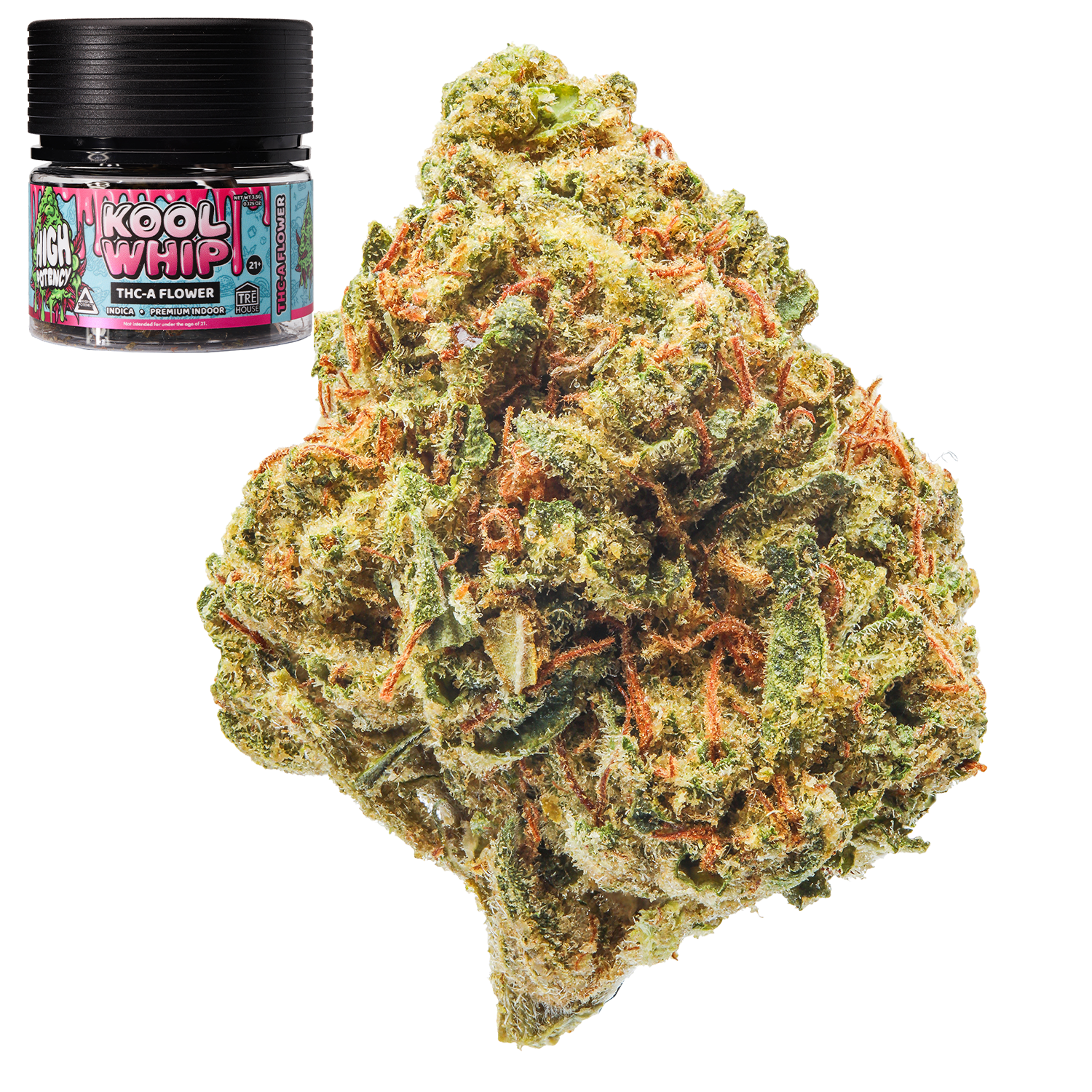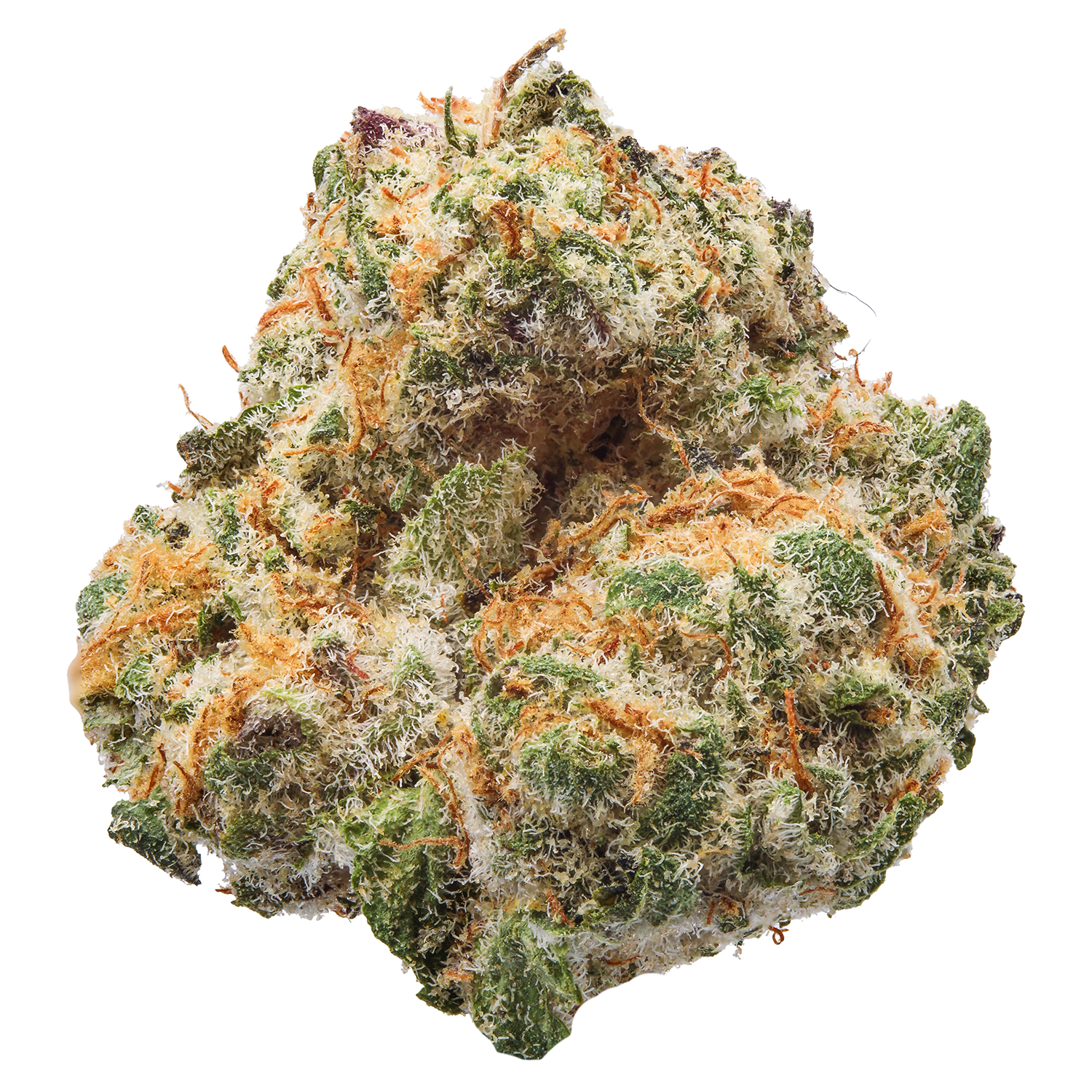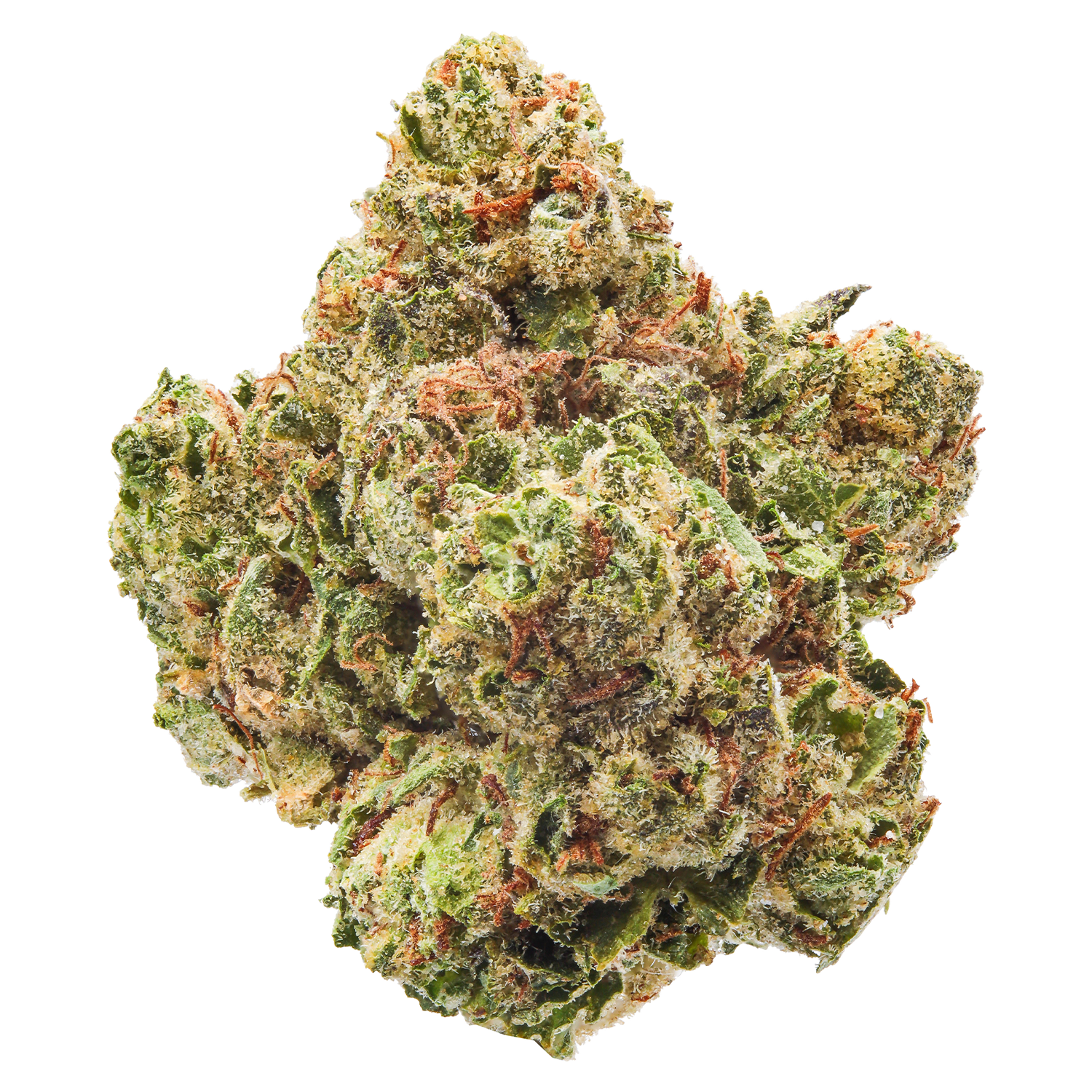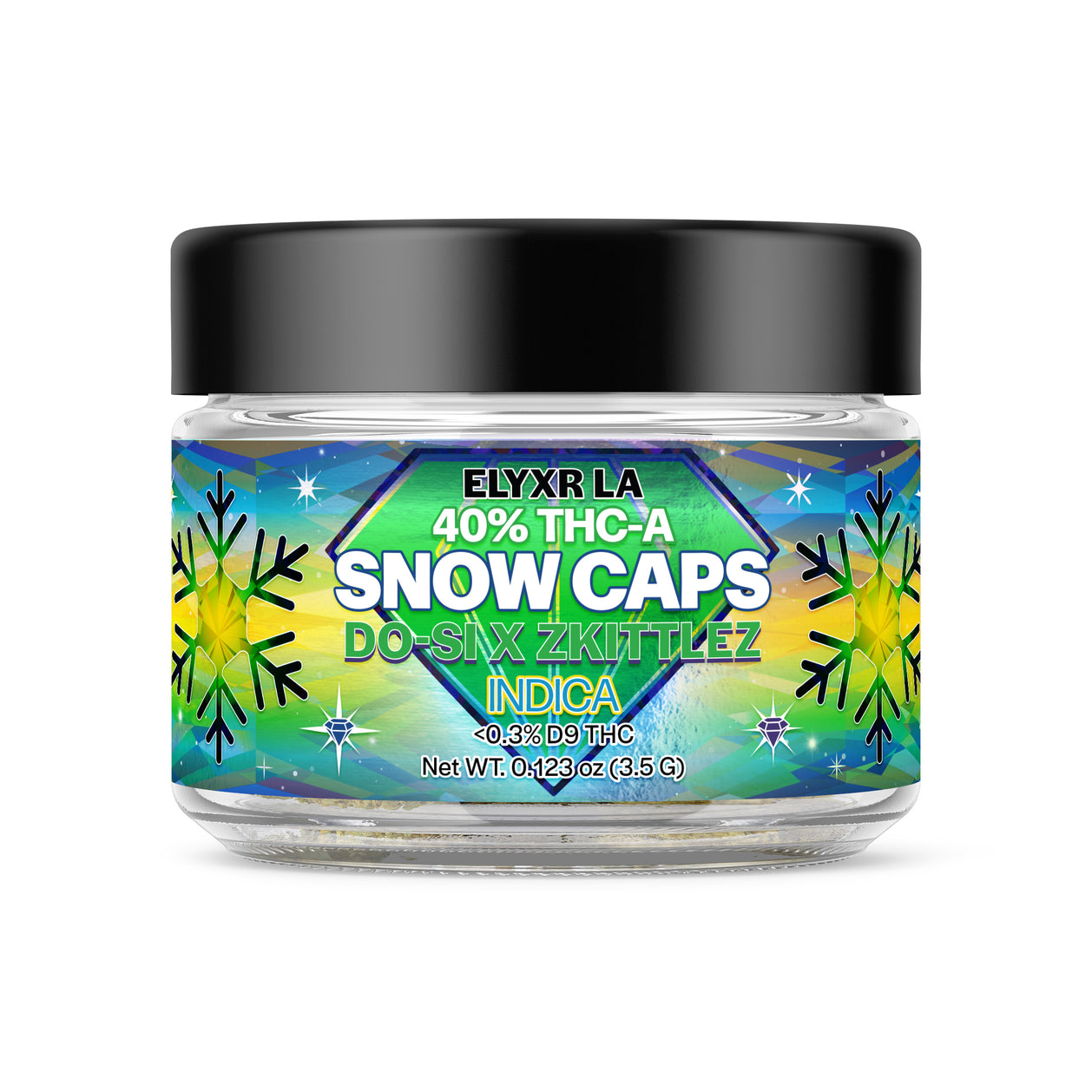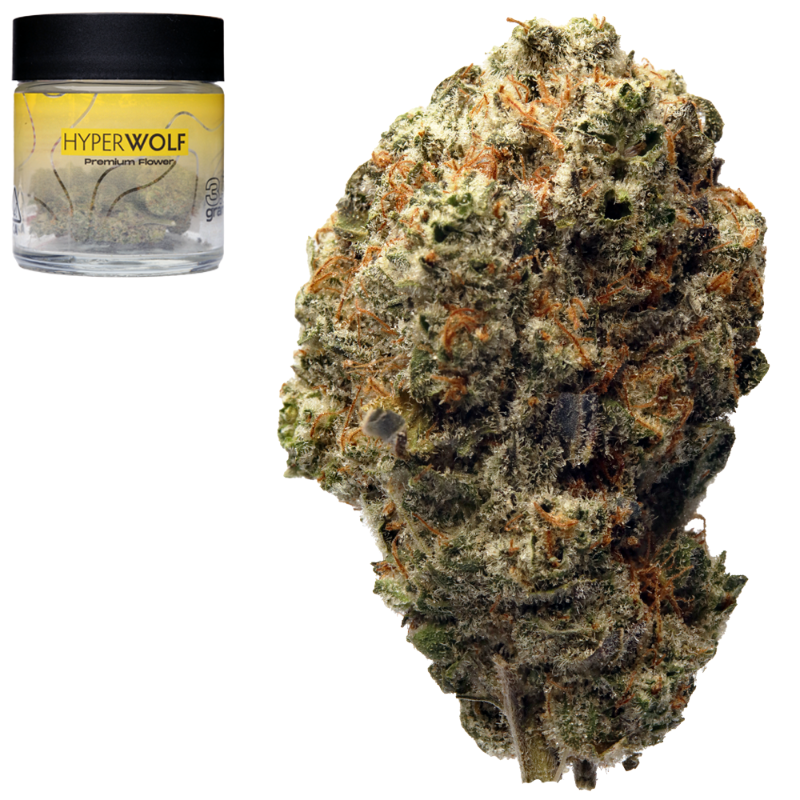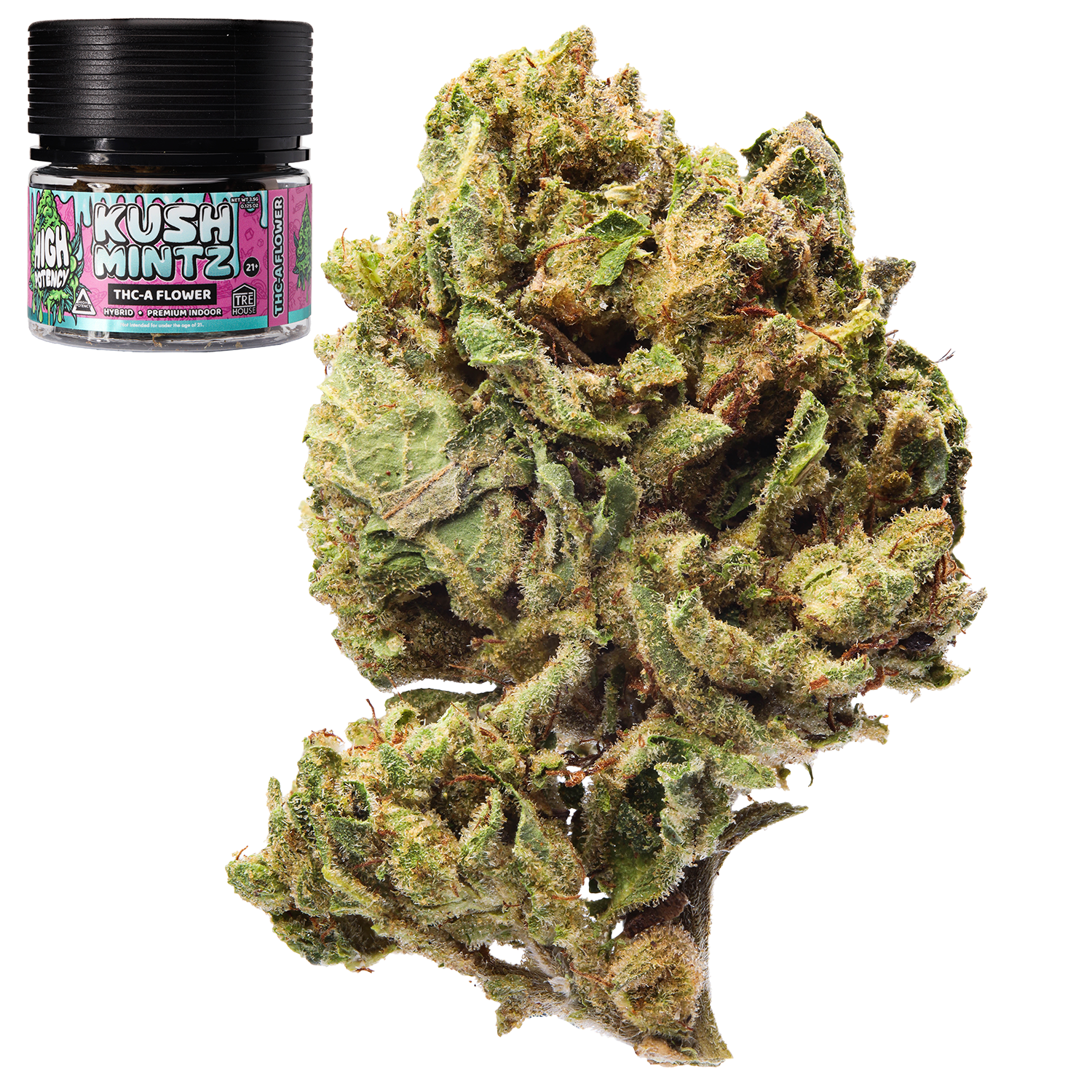Cannabis has long been praised for its healing properties, with cannabinoids like CBD and THC taking center stage in recent years. But there’s another cannabinoid that’s starting to catch the attention of both the cannabis community and wellness enthusiasts alike. So, what is CBDa?
You might have heard of it, but what exactly is CBDa, and why is it so special? In this guide, we’ll break down everything you need to know about CBDa—its science, its benefits, and why you might want to consider it for your health and wellness routine.
Understanding CBDa: The Basics
Let’s start at the beginning—what is CBDa, and how does it relate to the more famous CBD? As you may already know, the cannabis plant produces cannabinoids like CBD and THC. CBDa, or cannabidiolic acid, is the acidic precursor to cannabidiol (CBD). Essentially, CBDa is the raw, unheated form of CBD found in growing cannabis plants. When cannabis plants are harvested, they contain high amounts of acidic cannabinoids like CBDa.
Over time, with exposure to heat, CBDa undergoes a transformation—a process known as decarboxylation—into CBD, the compound that has taken the wellness world by storm.
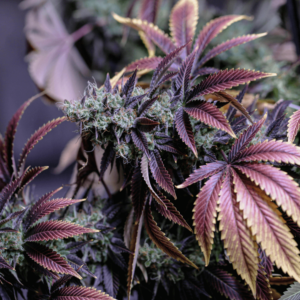
The Role of Heat in CBDa’s Transformation
The decarboxylation process, or the removal of a carbon atom, happens when CBDa is heated. This is why smoking, vaping, or cooking cannabis will give you CBD rather than CBDa.
If you consume raw cannabis, however, you’re getting CBDa in its purest form, and it’s this form that is beginning to gain recognition for its unique properties.
The Science Behind CBDa
To truly understand the value of buying CBDa oil or other products, we have to dive a little deeper into the science. At the molecular level, CBDa (cannabidiolic acid) is different from CBD. Both are cannabinoids, which means they interact with the body’s endocannabinoid system (ECS). However, their structures differ slightly.
How CBDa Works in the Body
CBDa interacts with the ECS by binding to cannabinoid receptors in the brain and body, just like CBD. However, research suggests that CBDa may have different effects due to its acidic nature. While both CBD and CBDa are thought to support homeostasis (balance) in the body, CBDa may have a stronger affinity for certain receptors. Additionally, some studies suggest that CBDa might have unique therapeutic potential, such as anti-inflammatory and anti-anxiety effects.
The Chemistry of CBDa
CBDa has a carboxyl group (COOH) attached to its molecular structure, which is what gives it its “acidic” nature. When it undergoes decarboxylation (removal of this carboxyl group), it becomes CBD. This subtle change in structure may explain the differences in how CBDa and CBD interact with the body.
Differences Between CBD and CBDa
Now that we know what CBDa is and how it works, let’s compare it to CBD. While they come from the same plant and share some similar properties, there are key differences that set them apart.
Key Differences in Structure and Function
The most obvious difference is the molecular structure. CBDa has an extra carboxyl group, which makes it more “acidic” compared to CBD. This small difference has a big impact on how the compounds interact with the body.
While CBD is widely known for its calming, anti-inflammatory, and potentially pain-relieving properties, CBDa might offer benefits that CBD doesn’t—such as enhanced activity on certain receptors in the brain. Some users believe that CBDa could be more effective in some therapeutic areas because of its acidic form, particularly in managing conditions like nausea, inflammation, and anxiety.
Why CBDa Might Be a Better Option for Some People
For some, consuming CBDa might be preferable because it’s found in its most natural state, offering potential benefits that are different from the decarboxylated form of CBD.
Research on CBDa is still in its infancy, but early studies suggest that its anti-inflammatory properties may be more pronounced before the decarboxylation process occurs.
How CBDa Works in the Body
When CBDa enters your system, it interacts with the body’s endocannabinoid system (ECS), which helps regulate things like mood, sleep, pain, and immune function. While both CBDa and CBD interact with the ECS, some studies indicate that CBDa may bind to different receptors and produce unique effects.
The Endocannabinoid System and CBDa
The ECS plays a vital role in maintaining balance in the body, also known as homeostasis. CBDa (cannabidiolic acid), like CBD, is believed to influence the ECS, though it might work differently due to its acidic nature.
While CBD is known to interact with both CB1 and CB2 receptors, CBDa’s interaction might be slightly more complex, as it also appears to affect the serotonin receptors, which could be why some users find it helpful for conditions like anxiety or depression.
Potential Therapeutic Effects of CBDa
Research suggests that CBDa could offer therapeutic benefits that CBD may not be as effective for. Some of the most promising areas of interest include:
- Anti-inflammatory effects: CBDa is believed to have potent anti-inflammatory properties, potentially more effective than CBD in certain conditions.
- Nausea relief: Early studies show that CBDa may help alleviate nausea, particularly for patients undergoing chemotherapy.
- Pain relief: Like CBD, CBDa is thought to have analgesic effects, possibly making it a better option for chronic pain sufferers.

The Potential Health Benefits of CBDa
With all this talk of CBDa’s interactions in the body, let’s take a deeper look at its potential health benefits.
Anti-inflammatory Properties
One of the most well-documented potential benefits of CBDa (cannabidiolic acid) is its ability to reduce inflammation.
CBDa works by inhibiting the production of COX-2, an enzyme that plays a key role in the inflammatory response. This makes CBDa a promising compound for conditions such as arthritis, inflammatory bowel disease, and other chronic inflammatory conditions.
Pain Relief
CBDa has been shown to have analgesic (pain-relieving) properties, which could make it a great alternative for those seeking natural pain relief. While CBD is well-known for its pain-relieving benefits, CBDa may provide even greater results due to its stronger anti-inflammatory effects.
Antioxidant Benefits
Like CBD, CBDa is an antioxidant, meaning it helps to protect your body from oxidative stress and free radical damage. This is important for overall health, as oxidative stress can contribute to aging and the development of various diseases, including heart disease and cancer.
Anxiety and Stress Reduction
CBDa may have calming properties that could help with anxiety and stress. Research suggests that CBDa can influence serotonin receptors, which play a role in regulating mood and anxiety levels.
While CBD has been praised for its anxiety-reducing effects, CBDa may work even more effectively for some individuals due to its unique interaction with the body’s receptors.
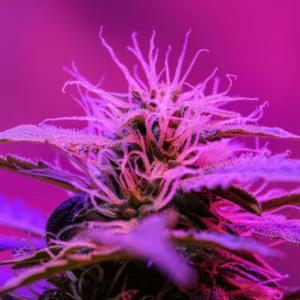
CBDa vs. CBD: Which is Better?
At this point, you might be wondering: If CBD and CBDa have so many similar benefits, which one is better? The truth is, it depends on your needs.
Comparing the Benefits
CBDa may be more effective in some areas, such as reducing inflammation and alleviating nausea, while CBD is often preferred for its calming, anti-anxiety effects. If you’re looking for overall wellness and pain management, CBD might be your go-to. However, if you’re dealing with chronic inflammation or nausea, you might want to explore CBDa.
Which One is Right for You?
The answer really comes down to personal preference and what your body responds to best. Some users might prefer the effects of CBDa because it’s a raw form of the cannabinoid, while others may gravitate toward CBD for its widely recognized benefits.
The Impact of Heat on CBDa
If you consume cannabis by smoking or vaping, you’re likely getting CBD instead of CBDa. For some, the transformation from CBDa to CBD might affect the potency or benefits. If you’re specifically looking for the benefits of CBDa, consider raw cannabis or CBDa-infused products that haven’t been decarboxylated.
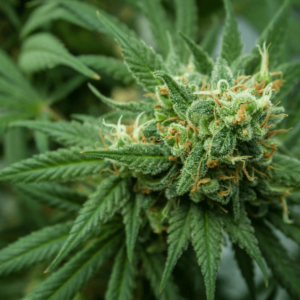
CBDa in Raw Cannabis vs. CBDa in Supplements
If you’re interested in CBDa, there are a couple of ways to consume it. One option is through raw cannabis or hemp, while another is via CBDa supplements, oils, and tinctures.
Raw Cannabis and CBDa Content
Raw cannabis contains high levels of CBDa, and consuming it in its unheated form allows you to experience CBDa’s full spectrum of benefits. You can find CBDa in fresh cannabis flower, juiced cannabis, or other raw cannabis products.
CBDa Supplements and Extracts
In recent years, CBDa supplements have become more popular. These products often contain concentrated CBDa oil or extracts that haven’t gone through the decarboxylation process. This is ideal for those who want to experience the full benefits of CBDa without having to consume raw cannabis.
What Are the Common Forms of CBDa Products?
If you’re ready to incorporate CBDa into your wellness routine, there are plenty of options to choose from.
- CBDa Oils and Tinctures – One of the most common forms of CBDa supplements, these CBD oils are easy to consume and can be added to food or taken directly.
- CBDa Capsules and Softgels – Convenient for on-the-go use, CBDa capsules are a simple way to incorporate CBDa into your daily routine.
- CBDa in Topicals and Skincare – CBDa is also being infused into lotions and balms for targeted relief, especially for inflammation or skin conditions.
- CBDa in Edibles – If you prefer to consume your CBDa in a more delicious way, you can find CBDa-infused edibles like gummies or beverages.
Can CBDa Get You High?
One question that many people have about CBDa is whether it can get you high. The answer is no.
The Non-Psychoactive Nature of CBDa
CBDa, like CBD, is non-psychoactive. This means it won’t get you high or cause any mind-altering effects.
Unlike THC, which is the primary psychoactive compound in cannabis, CBDa won’t impair your ability to function or alter your state of mind. This makes it a great option for people looking for the potential therapeutic benefits of cannabis without the high.
Why CBDa is Safe for All Ages
CBDa’s non-psychoactive nature also makes it safe for all ages. Whether you’re using it for general wellness or to address specific health concerns, you can rest assured that CBDa won’t have any mind-altering effects.
Is CBDa Legal?
As interest in CBDa (cannabidiolic acid) continues to grow, many people wonder whether it’s legal to purchase and use.
Legal Status of CBDa in the U.S.
CBDa is legal in most states, particularly if it’s derived from hemp. Hemp-based CBDa products are typically considered legal under the 2018 Farm Bill, which legalized hemp and hemp-derived cannabinoids.
However, laws around cannabis can vary by state, so it’s always important to check local regulations before purchasing CBDa products.
CBDa in Hemp vs. Marijuana
It’s important to note that CBDa derived from hemp is legal, while CBDa derived from marijuana may be subject to stricter regulations, depending on your location.
The Future of CBDa in the Wellness Industry
With growing interest in CBDa, what does the future hold for this lesser-known cannabinoid? As more research emerges about the unique benefits of CBDa, it’s likely that its popularity will continue to rise. Consumers are becoming more knowledgeable about cannabinoids and are starting to seek out specific compounds like CBDa for targeted wellness benefits.
Ongoing Research and Potential Discoveries
While research into CBDa is still limited, ongoing studies suggest that this cannabinoid could have significant therapeutic potential, especially in the areas of inflammation, pain relief, and mental health. In the coming years, we may see more advanced studies that solidify CBDa’s place in the wellness industry.
How to Use CBDa Safely
When considering CBDa, it’s important to use it responsibly and with guidance from a healthcare provider.
Dosage Guidelines
Since CBDa is still being studied, there are no official dosage guidelines. However, many people start with a low dose and gradually increase until they find the right amount for their needs.
Consulting with a Healthcare Provider
As with any supplement or new wellness product, it’s always a good idea to consult with a doctor, especially if you have any pre-existing conditions or are taking medications.

Conclusion: What is CBDa?
CBDa (cannabidiolic acid) is a powerful cannabinoid that offers a unique set of benefits, from reducing inflammation to alleviating anxiety and providing pain relief. Whether you’re using it in its raw form or as part of a supplement, it’s clear that CBDa is a valuable addition to the world of cannabis wellness. With its potential to treat a variety of conditions and its non-psychoactive nature, CBDa is an option worth exploring.
As research continues, we’re likely to learn even more about CBDa and its potential to improve our health. So, if you’re looking for a natural, effective way to enhance your wellness routine, CBDa might be just what you need.
What is CBDa: Frequently Asked Questions
1. Is CBDA more powerful than CBD?
CBDa compared to CBD reveals that both are cannabinoids derived from the cannabis plant and both offer different therapeutic benefits. CBDa is often considered more potent for specific conditions, such as inflammation and nausea, due to its raw and unheated form. However, it’s important to note that CBDa has not been studied as extensively as CBD, so its full potential is still being explored. In some cases, CBDa may be more effective for certain health issues, while CBD is generally preferred for its calming and anxiety-reducing properties.
2. What does CBDA do for the body?
CBDa interacts with the body’s endocannabinoid system (ECS) to promote balance and support overall wellness. Research suggests that CBDa may help with:
- Reducing inflammation: CBDa has potent anti-inflammatory properties, potentially more effective than CBD in some cases.
- Alleviating nausea: CBDa may help reduce nausea, especially in patients undergoing chemotherapy.
- Pain relief: CBDa is believed to have analgesic effects, helping to manage chronic pain.
- Supporting mental health: CBDa may have a calming effect, reducing anxiety and stress.
Though still in early stages of research, CBDa is gaining attention for its potential health benefits.
3. What are the side effects of CBDA?
CBDa is generally well-tolerated, but, like any cannabinoid, it can cause side effects in some individuals. Common side effects may include:
- Drowsiness: CBDa might cause mild sedation, so it’s best to start with a low dose, especially if you need to stay alert during the day.
- Gastrointestinal upset: Some users report mild stomach discomfort or changes in appetite when using CBDa.
- Fatigue: While uncommon, some people might experience feelings of tiredness or fatigue after taking CBDa.
- Interaction with medications: As CBDa can interact with certain medications, it’s essential to consult with a healthcare provider before using it, particularly if you’re on medication for blood pressure, epilepsy, or blood thinners.
If you experience any negative effects, it’s best to reduce the dose or consult with a doctor.
4. Does CBDA have psychoactive effects?
No, CBDa is non-psychoactive. It does not produce a “high” or alter your state of mind like THC does. CBDa and CBD both interact with the endocannabinoid system without impairing your cognitive functions. This makes CBDa an ideal option for individuals who want the potential therapeutic benefits of cannabis without the psychoactive effects. Whether you’re using CBDa for pain relief, anxiety, or general wellness, you can be confident it won’t affect your ability to think or function normally.




